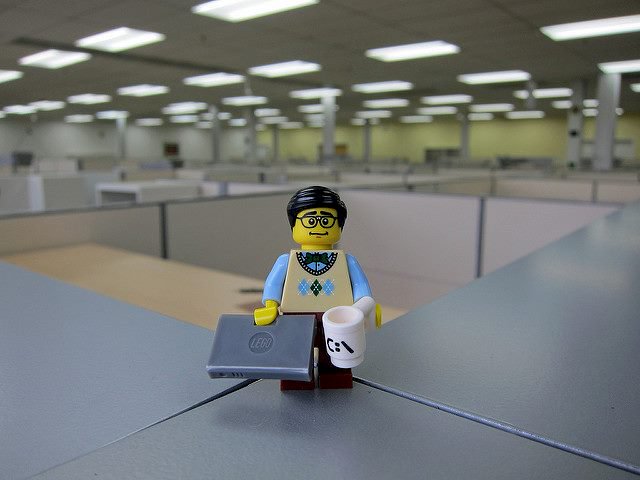According to Gartner’s 2017 hype cycle for emerging technologies, artificial intelligence (AI) will automate 1.8 million people out of work by 2020.
copyright by www.cmswire.com
 While the job losses generate the most interest and headlines, the losses only tell part of the story. Dig a little bit deeper into the hype cycle and you’ll see Gartner also predicts AI will create 2.3 million jobs by 2020, driving a net gain of 500,000 new jobs.
While the job losses generate the most interest and headlines, the losses only tell part of the story. Dig a little bit deeper into the hype cycle and you’ll see Gartner also predicts AI will create 2.3 million jobs by 2020, driving a net gain of 500,000 new jobs.
The question is no longer whether AI will fundamentally change the workplace. The true question is how companies can successfully use AI in ways that enables, not replaces, the human workforce, helping to make humans faster, more efficient and more productive.
Automation Requires Creating New Skillsets
Andy Peart is chief strategy and marketing officer at Barcelona, Spain-based Artificial Solutions , a global specialist in natural language interaction. Peart believes that while AI could threaten unskilled jobs through automation, it will also potentially create different kinds of jobs that require new skillsets that will be developed though training.
“Computerized automation does potentially put low-skilled workers whose jobs could be easily automated at risk. But conversely, this may be a short-term effect while the labor market readjusts,” he said. “Warnings of technology being the harbinger of death for the job market are nothing new. Automation makes it cheaper to produce fabric, which in turn led to more customers, which drove demand for more product. The job might have changed, but during the industrial revolution, there was no shortage of work for semi-skilled labor.”
Peart cites the example of chatbots. Rather than cutting the number of people working, chatbots are about “augmenting the people you already have,” he said, automating the mundane and increasingly the complex but repetitive processes. This will free people up to do more of the high-value, relationship building services while deploying AI/chatbots in areas where they excel. […]
read more – copyright by www.cmswire.com


According to Gartner’s 2017 hype cycle for emerging technologies, artificial intelligence (AI) will automate 1.8 million people out of work by 2020.
copyright by www.cmswire.com
The question is no longer whether AI will fundamentally change the workplace. The true question is how companies can successfully use AI in ways that enables, not replaces, the human workforce, helping to make humans faster, more efficient and more productive.
Automation Requires Creating New Skillsets
Andy Peart is chief strategy and marketing officer at Barcelona, Spain-based Artificial Solutions , a global specialist in natural language interaction. Peart believes that while AI could threaten unskilled jobs through automation, it will also potentially create different kinds of jobs that require new skillsets that will be developed though training.
“Computerized automation does potentially put low-skilled workers whose jobs could be easily automated at risk. But conversely, this may be a short-term effect while the labor market readjusts,” he said. “Warnings of technology being the harbinger of death for the job market are nothing new. Automation makes it cheaper to produce fabric, which in turn led to more customers, which drove demand for more product. The job might have changed, but during the industrial revolution, there was no shortage of work for semi-skilled labor.”
Peart cites the example of chatbots. Rather than cutting the number of people working, chatbots are about “augmenting the people you already have,” he said, automating the mundane and increasingly the complex but repetitive processes. This will free people up to do more of the high-value, relationship building services while deploying AI/chatbots in areas where they excel. […]
read more – copyright by www.cmswire.com
Share this: